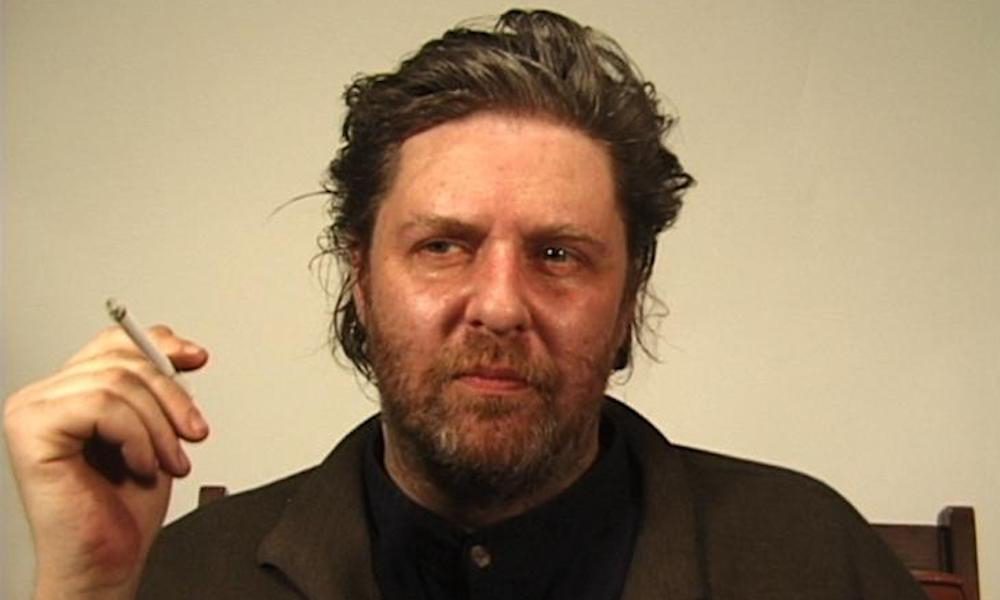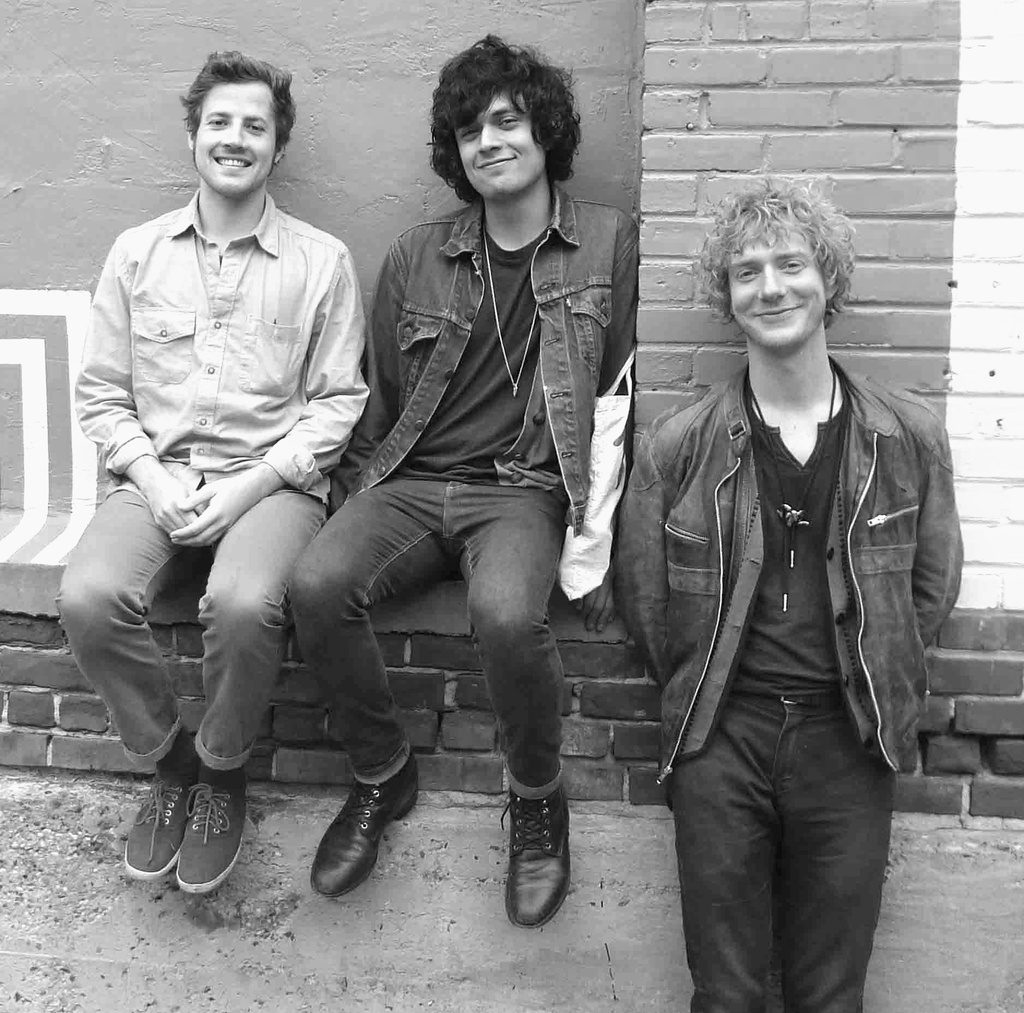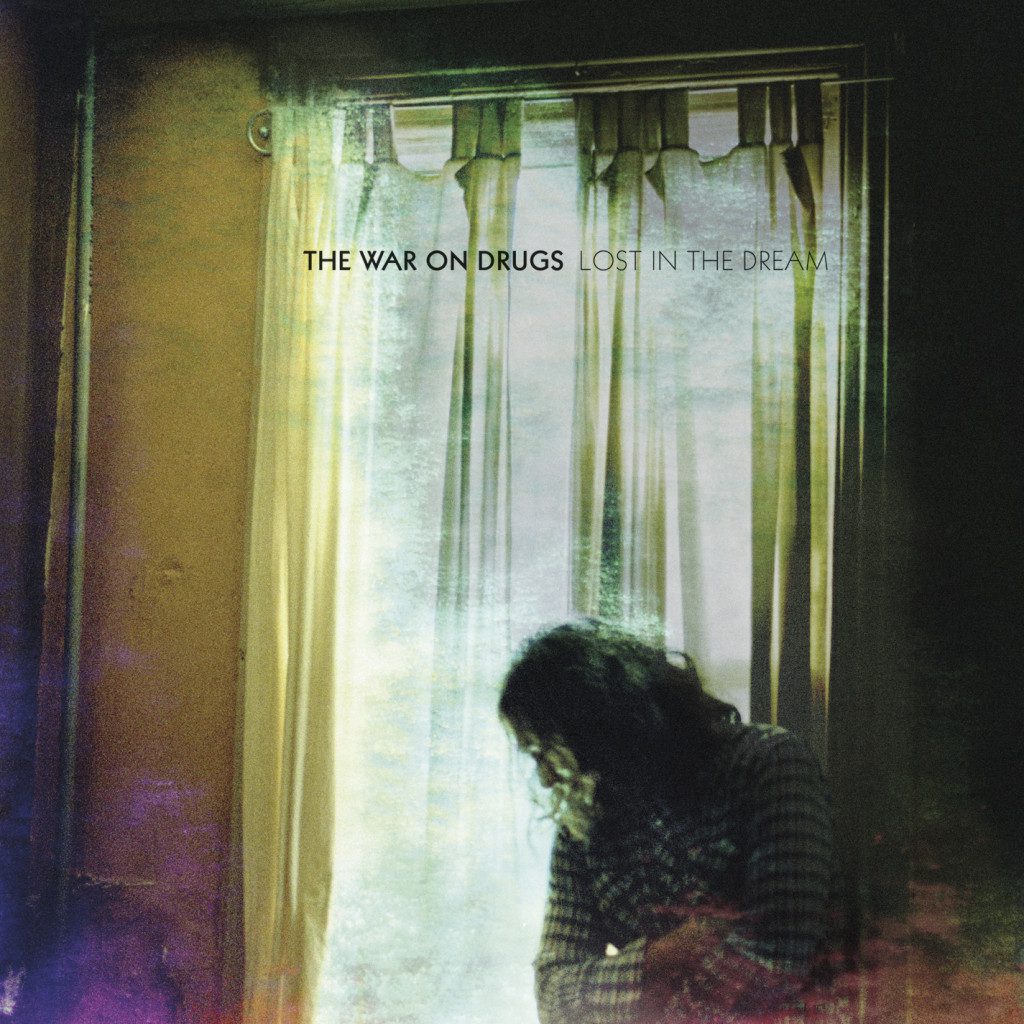
I wound up at the Kitchen sort of by mistake. It was a Tuesday – February 23rd, 2016 to be precise. It had been a year since the worst week of my life, and sitting at my desk after a long day of designing women’s underwear, I longed for a little culture that evening, a little date with myself. So I scrolled through concert listings on Oh My Rockness, hoping for a name to leap out at me. February is not the most happening time for live music in the city, and my backup plan involved a movie and/or overpriced meal for one. But the backup plan wasn’t necessary; as I scanned through the concert listings, a name did leap out at me, and though I wasn’t positive why I recognized that name, I bought a ticket without hesitation.
That name was Glenn Branca, and in the days since his death last week, headlines, tweets, and obituaries can all agree on one thing: if you weren’t familiar with Branca’s music, there’s no way you have escaped the music he’s influenced. His brash guitar symphonies were loved by the likes of David Bowie, and imitated by Sonic Youth. He was a pioneer of the No Wave movement alongside John Zorn and James Chance, and he pushed the boundaries of music, noise, and everything in between. His first two solo records, 1980’s Lesson No. 1 and The Ascension from the following year demolished and restructured the contemporary approach to the electric guitar, rock’n’roll, and classical composition. Branca’s work was loud, dangerous, and so cutting edge that it moved legendary avant garde composer John Cage to feel “disturbed” by it.
Branca was the man that conducted serrated, unnerving orchestras with 100 electric guitars, slapped punk rock into something more upright and threatening with his early band Theoretical Girls, and released early music by Swans and Sonic Youth on his record label, Neutral. His legacy coincides with the explosive art movement in ‘70s and ‘80s New York, but unlike many of his contemporaries, Branca never lost a scrap of relevance—in fact, his mystique and ability to stun an audience only seemed to intensify with age. It must have been some peripheral knowledge of all these accomplishments that congealed in my gut when I saw Branca’s name on the concert listings for the evening. Perhaps it was the faint memory of an interview with him I’d read in a copy of The Believer’s 2014 music issue. Either way, I am glad I trusted my gut.
When I entered the Kitchen in Chelsea, the staff was passing out earplugs as guests took their seats. I remember thinking that I’d never been encouraged to wear ear protection at a venue with bleacher seating and a median age of 58, but I figured they knew best. I sat down with my packet of foam plugs and leafed through the pamphlet I’d been handed, which gave the whole event a whiff of the fine art or theater world. I still wasn’t entirely sure what I was getting myself into. And then Branca and his six-musician ensemble crawled out onto the sunken stage.
It was rapturous. Branca, who had stopped playing guitar years prior during Symphony #1, was a dedicated conductor until the end of his life, though his methods of conducting were unconventional to say the least. He used his entire body to communicate with his ensemble, who that night included one drummer, one bassist, and four electric guitarists (one of whom was Reg Bloor, his widow). That evening’s rendition of the Third Ascension was marked by Branca’s spasmodic movements: flits of the wrist, flicks of his hips, and general shimmying that somehow effectively communicated volume, rhythm, and attitude to his performers. It was in fact loud, and so dissonant that it was blissful, like the moment pain becomes cathartic. I remembered a quote from that Believer interview I’d read two years prior, during which Branca said, “If you don’t like loud music, don’t bother with my music.” This, I learned, was a characteristic thing for Branca to say. He was a fabulous curmudgeon, who wore the same black outfit every day, his blazer pocket crammed full of pens like soldiers standing at attention. His teeth were chipped, and he looked like a more brawny, attractive older brother to Shane MacGowan.
In between songs at the Kitchen, while his group fiddled with odd tunings, Branca felt obligated to talk the crowd. His raspy voice and mischievous demeanor felt instantly familiar, perhaps because he seemed a kindred spirit to Tom Waits, or perhaps because he was simply the embodiment of the crotchety old man I hope to become one day. In an attempt to fill the silence, Branca told the audience, apropos of nothing, about the best hot dog he’d ever eaten. It was on a hoagie roll, not a bun. He talked some trash about John Zorn, and introduced his wife Reg Bloor, who seemed delightfully peeved by his antics.
I left the kitchen that night with my mind completely blown open, a side effect of the shrapnel storm Branca’s ensemble hurled toward the bleachers. Walking to the train I felt like I was floating, or maybe vibrating like a struck tuning fork. It was the same feeling of intoxication I had only experienced once or twice before: watching 2001: A Space Odyssey on the big screen for the first time; seeing Diamanda Galas live at a temple on Halloween. Considering the weight of my experience at the Kitchen, I checked weekly to see if Branca and his ensemble was playing in town. I did this in 2017, when they performed at BRIC, and I remember feeling particularly lucky to live in a city where one minute I could be sat at my bedroom desk reading, and the next I walking to see one of the most original and exciting musical performances in existence.
The week before Glenn Branca died, I typed his name into Oh My Rockness’ search bar to see if he had any upcoming gigs. I didn’t know he had throat cancer, but I wasn’t surprised by the news when I found out. Upon hearing about his death, I felt both devastated that I’d never experience his music live again, and immensely grateful that I got to experience it at all. Glenn Branca was a New York treasure you had to really dig for, if not allow yourself to stumble upon, and like all of the best things New York has to offer, he was liable to disappear at any time. Sadly, that day has come—but while the man is no longer with us, his work will be obliterating musical norms for decades to come.





